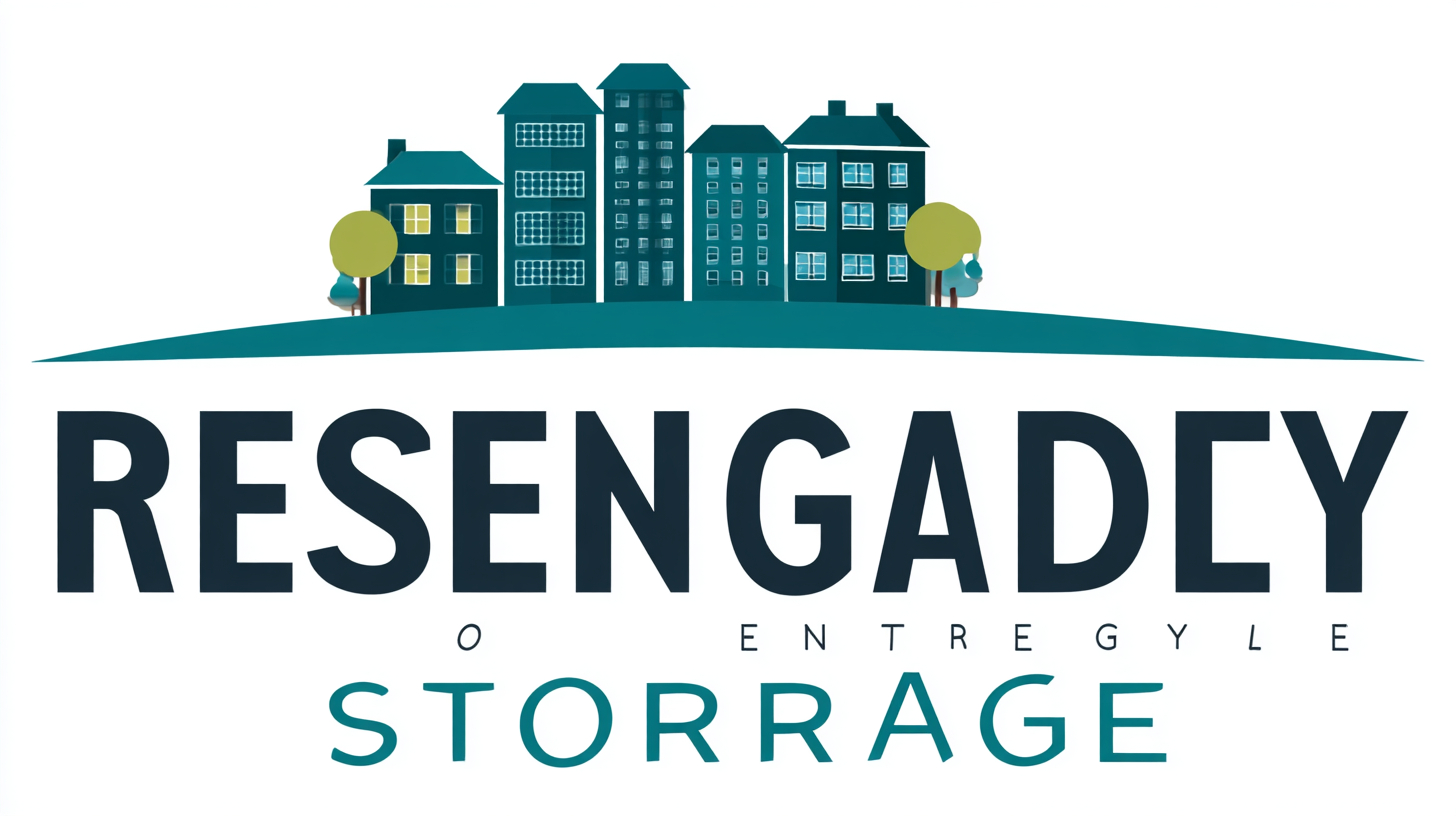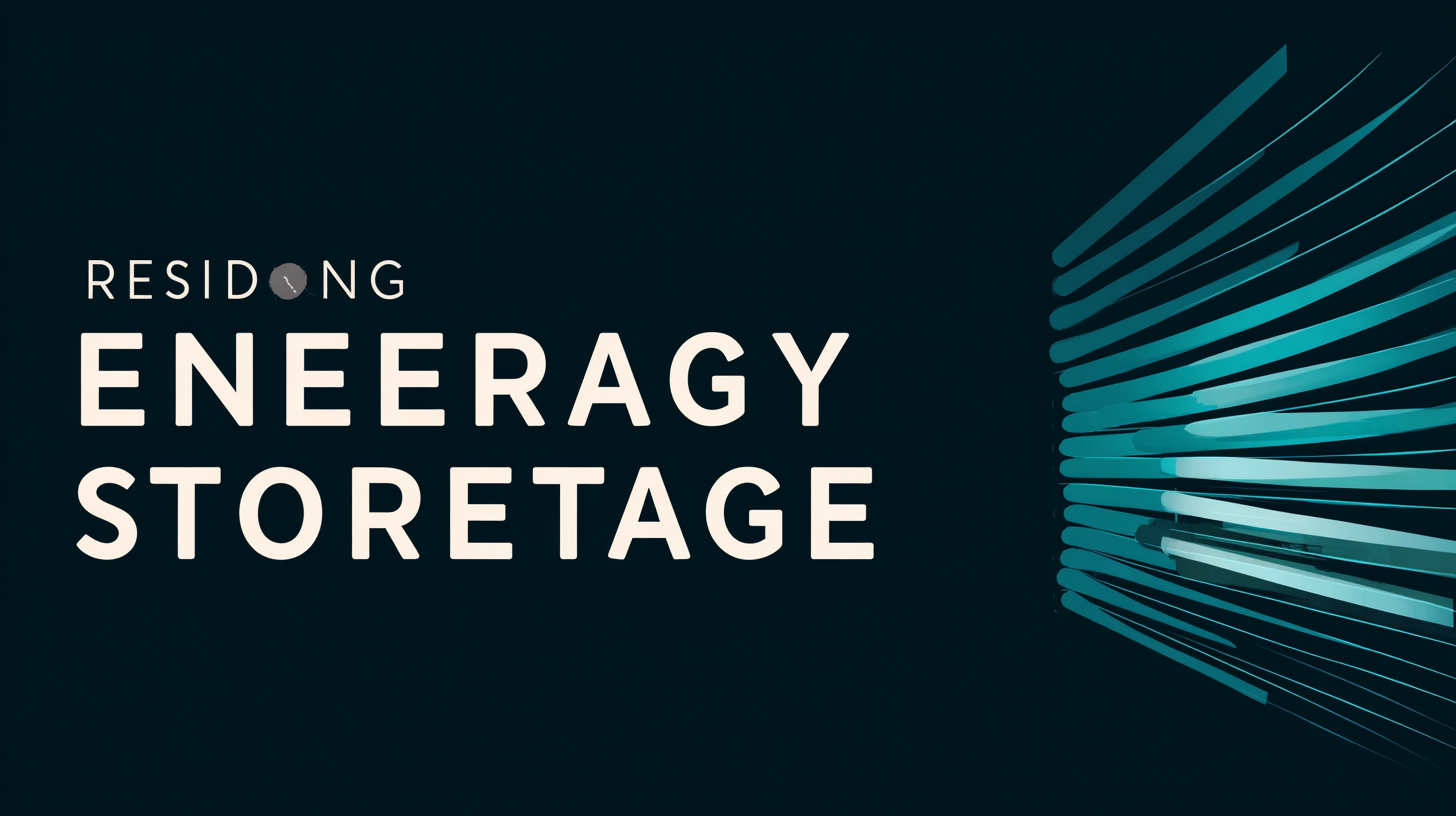



In the quest for sustainable living and energy independence, Residential Energy Storage has emerged as a game-changer for homeowners looking to optimize their energy consumption and reduce reliance on traditional power grids. This blog delves into the transformative potential of energy storage solutions through real-world applications and case studies, illustrating how households can effectively harness renewable energy resources. By examining a variety of innovative projects, we aim to provide a comprehensive checklist that guides homeowners in understanding the benefits, challenges, and best practices associated with implementing Residential Energy Storage systems. Whether you're considering a solar battery system or exploring other storage options, this exploration will equip you with the knowledge needed to unlock the full power of energy storage in your home.

Innovative energy storage solutions are rapidly transforming the residential landscape, driven by advancements in technology and a shift towards more sustainable living. As global manufacturing trends evolve, we’re witnessing a surge in the development of compact and efficient energy storage systems. Leading manufacturers are optimizing lithium-ion battery production, improving both performance and affordability. This means homeowners can now harness solar energy more effectively, store excess power, and reduce reliance on the grid.

In addition to technological advancements, there is a growing emphasis on customization and scalability. Companies are introducing modular storage solutions that cater to varying energy needs and space constraints, making it easier for a broader audience to adopt these systems. Moreover, innovations in smart technology allow users to monitor and manage their energy consumption in real-time, further enhancing the efficiency of smart homes. These trends signify a shift towards a dynamically integrated energy ecosystem, where residential energy storage not only meets individual needs but also plays a critical role in broader energy networks.
As the world embraces renewable energy, residential energy storage systems are becoming increasingly popular for homeowners looking to optimize their energy usage. These systems enable households to store excess energy produced by solar panels or other renewable sources, providing a reliable backup during peak usage times or power outages. Real-world applications of these systems showcase their versatility, from enhancing energy independence to lowering utility bills.
One notable case study involved a homeowner who installed a solar array coupled with a lithium-ion battery storage solution. This setup not only allowed them to significantly reduce their reliance on grid electricity but also helped them enjoy substantial savings on energy costs. Additionally, the integration of energy management software facilitated real-time monitoring, helping the homeowners to optimize their energy consumption patterns.
Tips: When considering a residential energy storage solution, assess your energy needs and consumption patterns thoroughly. Investing in a system that matches your specific requirements can maximize efficiency and financial returns. Furthermore, stay informed about local regulations and incentives related to energy storage; this knowledge can significantly impact the overall cost and feasibility of your investment.
Energy storage systems in residential settings have become increasingly essential as homeowners seek to enhance energy independence and sustainability. One remarkable case study comes from a California family who installed a home battery system to complement their rooftop solar panels. By leveraging this technology, they significantly reduced their dependence on the grid, particularly during peak demand hours. This setup not only enabled them to use stored energy when electricity prices soared but also provided backup power during outages, showcasing the dual benefits of financial savings and increased resilience.
 Another compelling example can be found in a Massachusetts household that integrated a lithium-ion battery with their existing solar array. This family achieved an impressive reduction in their carbon footprint, as the energy stored during sunny days powered their home during the night. Their smart energy management system optimized the use of stored energy, further enhancing efficiency. These real-world implementations highlight how residential energy storage can effectively transform homes into self-sustaining energy havens, paving the way for a reliable and eco-friendly future.
Another compelling example can be found in a Massachusetts household that integrated a lithium-ion battery with their existing solar array. This family achieved an impressive reduction in their carbon footprint, as the energy stored during sunny days powered their home during the night. Their smart energy management system optimized the use of stored energy, further enhancing efficiency. These real-world implementations highlight how residential energy storage can effectively transform homes into self-sustaining energy havens, paving the way for a reliable and eco-friendly future.
As the global demand for renewable energy sources surges, the development of residential energy storage systems has become a focal point for both economic and environmental sustainability. In this comparative analysis, we see distinct differences between global trends and China's rapid advancements in residential energy storage. Countries like Germany, the United States, and Australia have set robust examples with their innovative policies and incentives, which have encouraged home solar installations combined with storage solutions, resulting in increased energy independence for homeowners.
Conversely, China has accelerated its residential energy storage development at an unprecedented pace. The nation’s government has rolled out extensive subsidies and initiated pilot projects that showcase the effectiveness of energy storage technologies in urban and rural homes alike. This has not only reduced reliance on traditional energy grids but has also spearheaded the integration of smart energy management systems. As Chinese manufacturers dominate the market with cost-effective battery technologies, their strategies and implementations provide valuable insights for other countries aiming to enhance their residential energy storage capacities. The interplay between global practices and China’s formidable advancements may ultimately shape the future landscape of residential energy storage worldwide.
The future of energy storage in residential markets is showing promising trends, driven by technological advancements and increasing consumer demand. As the global Energy Storage Systems (ESS) market is set to grow from approximately $949 million in 2025 to nearly $2.37 billion by 2033, with a compound annual growth rate (CAGR) of 2.12%, it reflects an escalating interest in efficient energy management. Notably, advanced storage solutions are becoming more integral in optimizing residential energy use, particularly in regions like Australia, where the market is anticipated to expand by 27.61% over the next decade.
In addition to residential applications, the broader electricity trading market is projected to reach $218.5 billion by 2037, exhibiting a CAGR of 7.8%. This growth signifies an increased interplay between energy storage and decentralized power generation, enabling homeowners to engage more actively in energy trading and management. As innovative technologies in energy storage evolve, residential users will benefit not only from reduced energy costs but also from enhanced sustainability, making energy independence a tangible reality for many households.
This chart illustrates the growth in residential energy storage capacity over recent years, showcasing a clear trend towards increased adoption across various regions.
